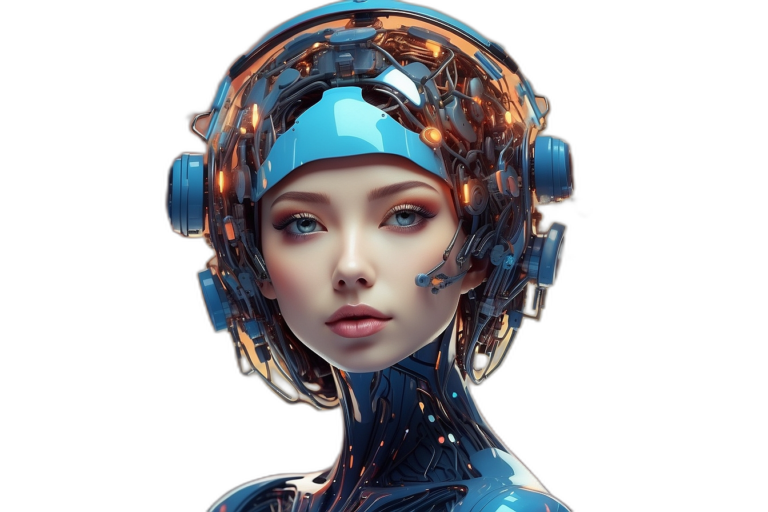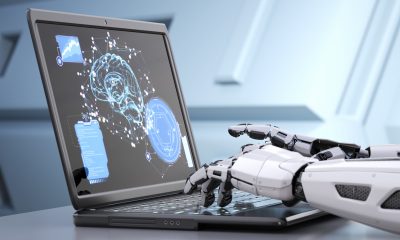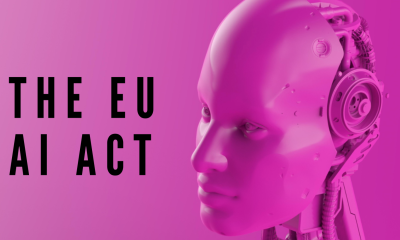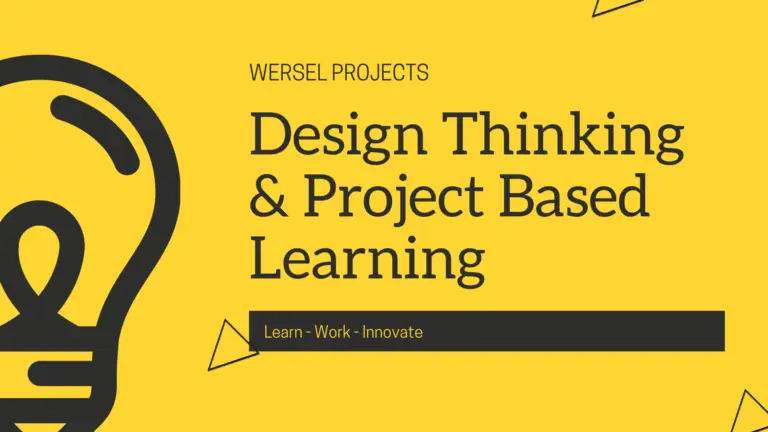
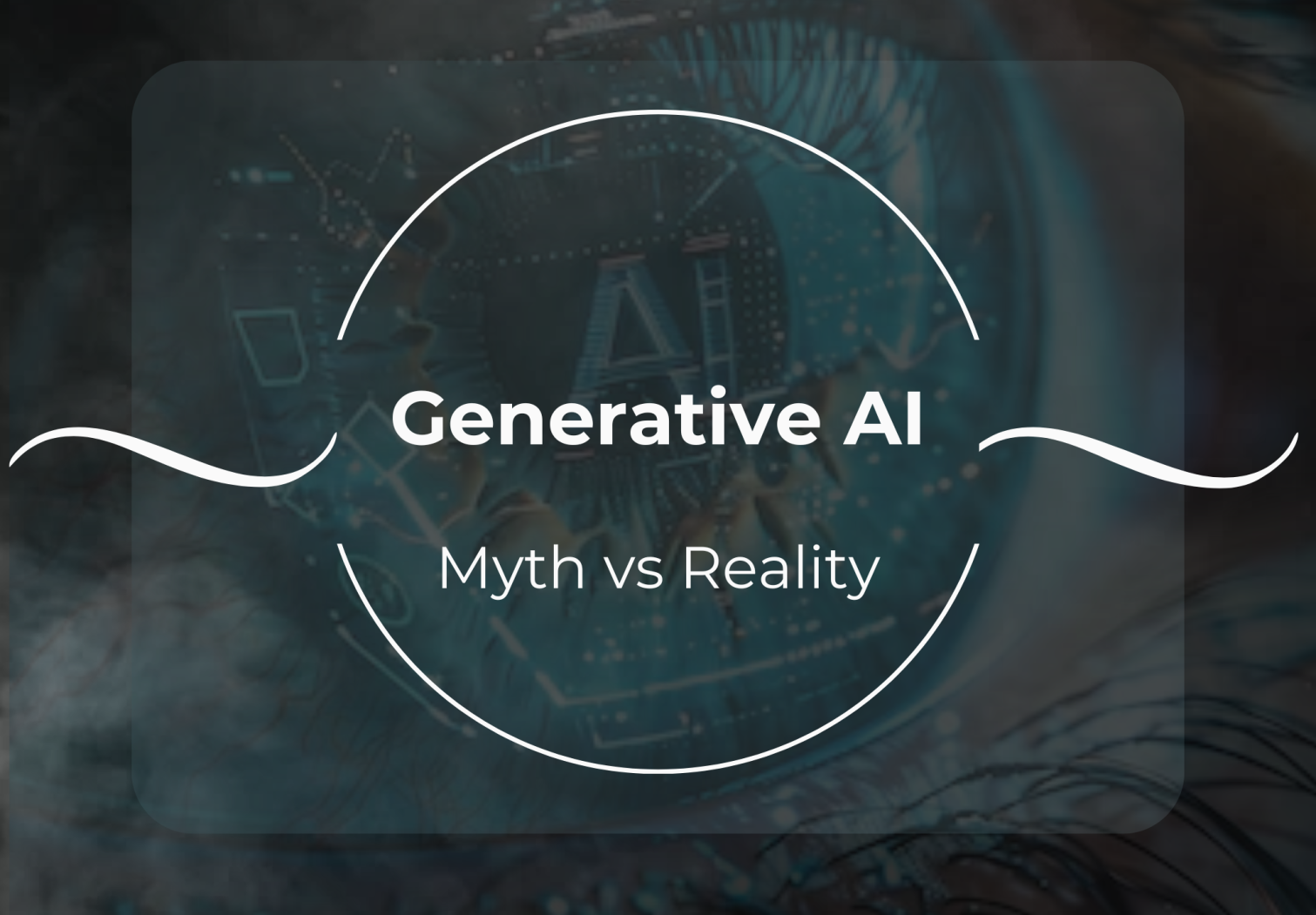
Generative AI: Myths vs Reality
Generative AI, a subset of artificial intelligence, has rapidly transformed industries from entertainment to healthcare. Its ability to create content, whether it’s images, text, or even music, has sparked both awe and fear. However, as with any groundbreaking technology, generative AI is surrounded by myths that can distort our understanding of its capabilities and limitations. In this post, we’ll delve into the most common myths about generative AI and contrast them with the reality of what this technology can and cannot do.
Myth 1: Generative AI Can Create Anything Imaginable
Reality:
While generative AI is incredibly powerful, its abilities are bounded by the data it’s trained on and the algorithms that power it. Generative AI models like GPT-4 or DALL-E can produce text, images, and other content that mimic human creativity, but they are not limitless in their creative potential. These models work by learning patterns in the data they are trained on, which means they can only generate content that reflects those patterns. For example, if a model has never been trained on a particular style of art, it won’t be able to produce artwork in that style.
Moreover, the outputs are probabilistic rather than truly creative. The AI generates what is statistically likely based on its training data, rather than inventing entirely new concepts. This means that while the outputs can be highly original, they are not entirely free from the constraints of the data.
Myth 2: Generative AI Will Replace Human Creativity
Reality:
Generative AI is a tool that can enhance and augment human creativity, but it is unlikely to replace it entirely. Creativity involves not just the generation of new ideas but also the emotional, cultural, and contextual understanding that humans bring to the table. Generative AI can assist in brainstorming, prototyping, and exploring new ideas, but it lacks the depth of understanding required to fully replicate human creativity.
For instance, a generative AI model might be able to compose a piece of music that sounds pleasing, but it doesn’t understand the cultural or emotional significance of music. It cannot empathize with the human experience, which is a crucial component of creativity. Instead of replacing artists, writers, and musicians, generative AI is more likely to become a collaborator, helping to push the boundaries of what humans can create.
Myth 3: Generative AI Is Unbiased and Objective
Reality:
One of the most pervasive myths about AI, in general, is that it is inherently objective and free from bias. In reality, generative AI can reflect and even amplify the biases present in its training data. If a model is trained on data that contains biases—whether related to gender, race, or any other factor—those biases can be reflected in the output.
For example, a text-generating AI might produce content that reinforces stereotypes if it has been trained on biased text data. Similarly, an image-generating AI might produce images that reflect societal biases regarding beauty or gender roles. Developers must be vigilant in curating training data and implementing techniques to mitigate these biases. However, it’s important to understand that no AI system is completely free from bias.
Myth 4: Generative AI Understands What It Creates
Reality:
Generative AI does not possess understanding or consciousness. It operates by processing input data and generating output based on learned patterns. While the outputs can be remarkably human-like, the AI does not understand the content it creates in the way humans do.
For example, when a generative AI writes a poem, it does so by predicting the next word based on its training, not by understanding the meaning or emotion behind the words. This lack of understanding can sometimes lead to outputs that are nonsensical or contextually inappropriate. The AI doesn’t know what it’s creating; it’s simply following mathematical patterns.
Myth 5: Generative AI Is a Threat to Jobs
Reality:
The fear that AI, including generative AI, will lead to widespread job loss is understandable but oversimplified. While it’s true that AI will change the nature of work in many industries, it’s not necessarily a zero-sum game where jobs are lost without new opportunities arising.
Generative AI can automate certain tasks, particularly those that are repetitive or data-driven. However, this automation can also free up humans to focus on more complex and creative tasks that AI cannot handle. In many cases, AI will create new roles and industries, just as the rise of the internet did in the past. For example, the development and maintenance of AI systems require skilled professionals, leading to job creation in the tech sector.
Furthermore, generative AI can assist professionals in various fields, making them more efficient and allowing them to focus on higher-level strategic work. For instance, in marketing, AI can generate content ideas or even draft posts, but human marketers are still needed to develop the overall strategy and ensure the content aligns with brand values.
Myth 6: Generative AI Is Dangerous and Unpredictable
Reality:
While generative AI can produce unexpected outputs, it is not inherently dangerous or unpredictable. The AI models operate within the parameters set by their developers and are designed to follow specific rules. The unpredictability often stems from the vastness of the data and the complexity of the algorithms, but this doesn’t mean that AI is out of control.
That said, the potential for misuse exists, and it’s crucial to have safeguards in place. For example, generative AI could be used to create deepfakes or spread misinformation, which is why ethical considerations and regulatory frameworks are essential. Developers and policymakers must work together to ensure that generative AI is used responsibly.
It’s also important to note that many of the most alarming scenarios involving AI, such as AI becoming sentient or turning against humans, are more the stuff of science fiction than reality. Current AI systems, including generative models, lack the ability to form intentions or make decisions independently of their programming.
Myth 7: Generative AI Can Replace Experts in Any Field
Reality:
Generative AI is a powerful tool, but it cannot replace domain experts. While AI can generate content or provide insights based on data, it lacks the deep knowledge, experience, and critical thinking that human experts bring to their fields.
For example, a generative AI model might be able to draft a legal document, but it cannot replace a lawyer’s expertise in interpreting the law, understanding the nuances of a case, or providing legal advice. Similarly, AI-generated medical images can aid in diagnosis, but they cannot replace the expertise of a radiologist who can interpret those images within the context of a patient’s overall health.
In many fields, the best outcomes are achieved when AI is used as a tool to support human experts, rather than replace them. This collaboration allows for a combination of AI’s ability to process large amounts of data quickly and the human expert’s ability to apply context and critical thinking.
Myth 8: Generative AI Models Are Fully Autonomous
Reality:
Generative AI models are not autonomous entities; they require human guidance and intervention. From the initial training phase to deployment, human oversight is crucial in ensuring that the models function as intended. This includes curating training data, fine-tuning algorithms, and monitoring outputs for accuracy and appropriateness.
Even after deployment, human intervention is often required. For instance, AI-generated content may need to be reviewed and edited by humans before it is published. In many cases, generative AI is used in a loop with human operators, who provide feedback to refine the AI’s output.
Furthermore, AI models are often dependent on the quality and relevance of the data they are trained on. If the data is outdated or not representative, the model’s performance will suffer. This highlights the ongoing need for human involvement in the AI lifecycle.
Myth 9: Generative AI Is Only for Large Tech Companies
Reality:
While it’s true that large tech companies have been at the forefront of developing generative AI technologies, the tools and models are becoming increasingly accessible to smaller businesses and individual creators. Open-source frameworks, cloud-based AI services, and pre-trained models have democratized access to generative AI, allowing a wider range of users to leverage its capabilities.
For example, small businesses can use AI tools to generate marketing content, design graphics, or analyze customer data without needing to develop AI models from scratch. Independent artists and creators can also use generative AI to explore new creative possibilities.
The accessibility of generative AI is likely to continue growing, enabling more people to use these tools to innovate and create in ways that were previously only possible for those with significant resources.
Myth 10: Generative AI Is a Passing Trend
Reality:
Generative AI is not just a passing trend; it represents a significant shift in how we approach content creation, problem-solving, and innovation. The underlying principles of generative AI, such as machine learning and neural networks, are foundational technologies that will continue to evolve and shape the future.
While the specific applications and models may change over time, the broader trend of using AI to augment human capabilities is here to stay. As generative AI becomes more integrated into various industries, its impact will only grow. Businesses, educators, and creatives who embrace these tools will likely find new opportunities to innovate and stay competitive in a rapidly changing landscape.
Conclusion
Generative AI is a powerful and transformative technology, but it is not without its limitations and challenges. By dispelling common myths and understanding the reality of what generative AI can and cannot do, we can better navigate its impact on our lives and industries. Whether you are a business leader, a creative professional, or simply someone interested in the future of technology, it’s essential to approach generative AI with a balanced perspective—recognizing both its potential and its boundaries.
New Gen AI Certifications | GenAI Machine Learning Course | Generative AI Courses Online | Top Generative AI (GenAI) Courses Online | Generative AI Online Training Courses | Top Generative AI Courses | Top Generative AI Courses Online | Best Generative AI Courses |

